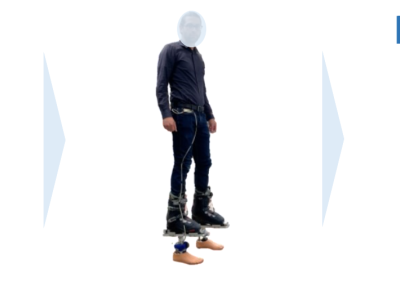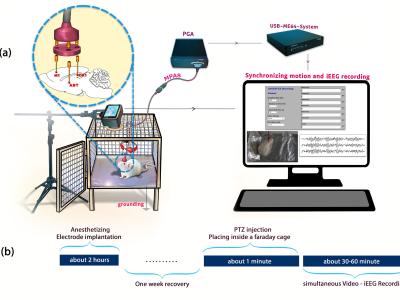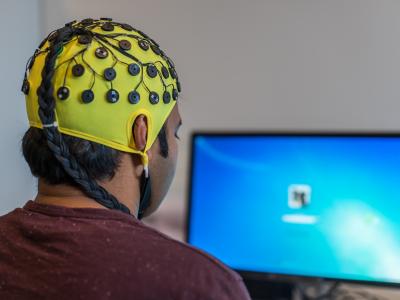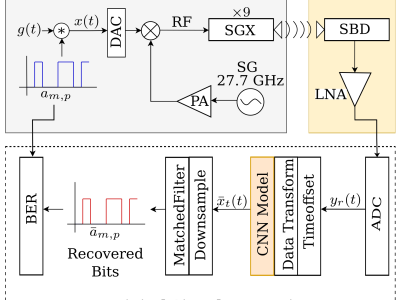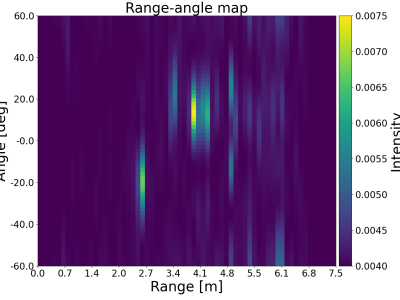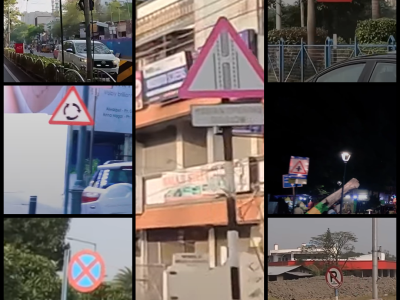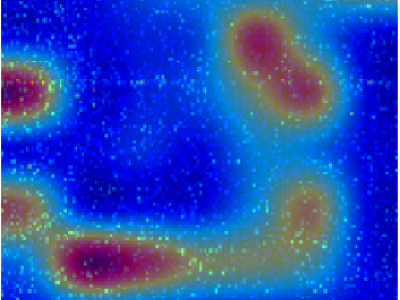
Short-range association fibers located in the superficial white matter play an important role in mediating higher-order cognitive function in humans. Detailed morphological characterization of short-range association fibers at the microscopic level promises to yield important insights into the axonal features driving cortico-cortical connectivity in the human brain yet has been difficult to achieve to date due to the challenges of imaging at nanometer-scale resolution over large tissue volumes.
- Categories:
